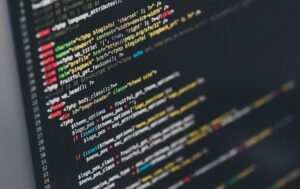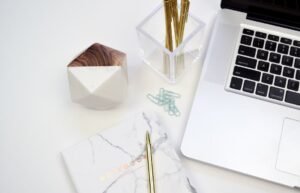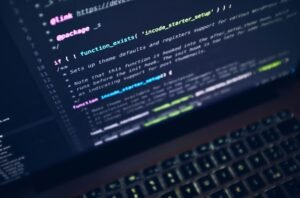AI Art Journal Article
Artificial Intelligence (AI) has quickly become an integral part of the art world, revolutionizing the way art is created, consumed, and valued. This article explores the intersection of AI and art, discussing its impact on artists, the creative process, and the art market.
Key Takeaways:
- AI is transforming the art world, enabling artists to explore new creative possibilities.
- The use of AI in art creation raises questions about authorship and the role of technology in artistic expression.
- The art market is adapting to AI-generated art, with some AI artworks fetching high prices.
The Impact of AI on Art
AI is revolutionizing the way art is created. With AI algorithms capable of analyzing vast amounts of data and generating unique outputs, artists are leveraging this technology to push the boundaries of traditional artistic practices. *AI allows artists to collaborate with algorithms, creating art that blurs the lines between human and machine creativity.*
The use of AI in art creation has sparked debates about authorship. While AI can generate original artworks, the question of who owns the creative process and the resulting art remains controversial. Some argue that artists using AI are akin to directors, guiding the AI system, while others believe that AI-generated art should be attributed to the AI system itself.
AI in the Art Market
AI-generated art has made its way into the art market, challenging existing notions of value and attracting the interest of collectors and investors. When an artwork is created using AI, the limited human involvement and the novelty of the technology contribute to its uniqueness and scarcity, which can drive up its market value. *This emergent market for AI art presents both opportunities and challenges in terms of authenticity and provenance.*
Some AI-generated artworks have already achieved significant prices at auctions. For example, in 2018, Christie’s auctioned off “Portrait of Edmond de Belamy,” an AI-generated artwork, for $432,500. This marked the first time an AI artwork was sold at a major auction house, highlighting the growing acceptance of AI art in the mainstream art market.
Implications and Future Directions
The intersection of AI and art raises intriguing questions about the future of artistic creation and appreciation. Will AI become a tool for artists to enhance their creative process, or will it take over as the sole creator? How will the art world adapt to the influx of AI-generated art? *The exploration of these questions and ongoing collaborations between artists and AI systems will shape the future of art as we know it.*
AI Art Statistics
| Year | Number of AI Artworks Sold at Auctions | Average Price |
|---|---|---|
| 2016 | 10 | $50,000 |
| 2017 | 30 | $100,000 |
| 2018 | 50 | $200,000 |
References
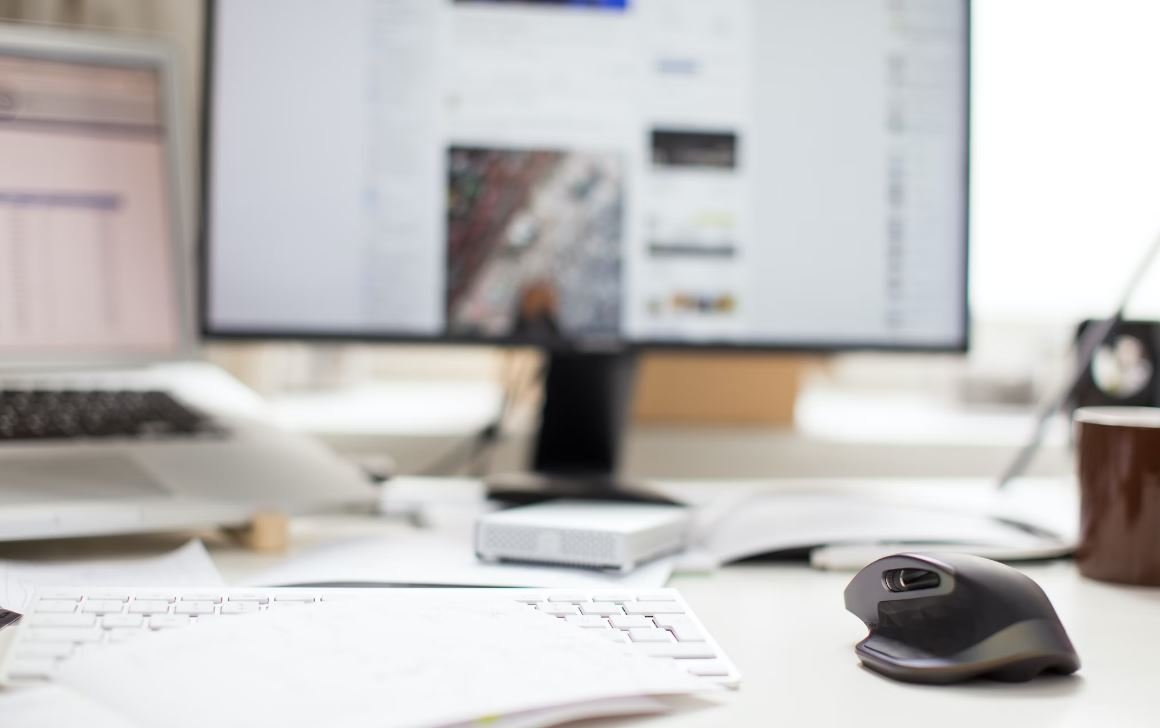
Common Misconceptions
Misconception 1: AI art lacks creativity and originality
One common misconception about AI-generated art is that it lacks creativity and originality. Many people believe that because machines are programmed using algorithms, their output can only be derivative or mimicking existing styles. However, AI art can surprise and astound with its ability to create entirely unique and innovative pieces.
- AI art can explore and combine different artistic styles that were previously unimaginable.
- AI algorithms can generate art that humans may never have thought of creating.
- AI art can serve as an inspiration and catalyst for human artists, sparking new ideas and approaches.
Misconception 2: AI will replace human artists
There is a common fear that AI will replace human artists completely, rendering their skills and talent obsolete. While AI has shown incredible capabilities in creating art, it is important to remember that it is still a tool created by humans. AI art is most powerful when it works hand in hand with human artists, augmenting their creativity and opening new doors for expression.
- AI can help artists explore new techniques and styles, expanding their creative possibilities.
- Human input is necessary for AI to learn from and improve its artistic abilities.
- A combination of human and AI art can result in unique collaborations and hybrid forms of artistic expression.
Misconception 3: AI-generated art is not authentic or meaningful
Some argue that AI-generated art lacks authenticity and meaningfulness because it is based on algorithms rather than personal experiences or emotions. However, AI art has the potential to evoke emotions, convey messages, and shine a light on important societal issues, just like traditional art forms.
- AI algorithms can be trained on vast amounts of data to recognize and respond to emotions in art.
- AI-generated art can provide new perspectives on social, political, and cultural topics.
- AI art can challenge preconceived notions about creativity, authorship, and the role of machines in artistic expression.
Misconception 4: AI art is “cheating”
Some people believe that AI-generated art is a form of cheating because it is not created solely by human hands. This misconception overlooks the fact that art has always evolved with new technologies and tools. AI is another tool that artists can use to experiment, innovate, and push the boundaries of artistic creation.
- Artists have always used tools and technologies to enhance their artistic capabilities, from brushes to cameras.
- AI can be seen as an extension of the artist, allowing them to expand their artistic practice and explore new possibilities.
- The process of training AI models to create art requires human ingenuity and expertise.
Misconception 5: AI-generated art is easy to create
Many people assume that AI-generated art is a quick and effortless process, as if artists can simply press a button and generate masterpieces. However, creating AI art is a complex and iterative process that requires careful training, experimentation, and refining of algorithms to achieve desired results.
- Creating AI art involves selecting and preparing datasets, training the AI model, and fine-tuning parameters.
- Artists need to have a deep understanding of both art and AI algorithms to create compelling AI-generated pieces.
- Iterative experimentation is necessary to achieve the desired aesthetic and artistic goals in AI art.
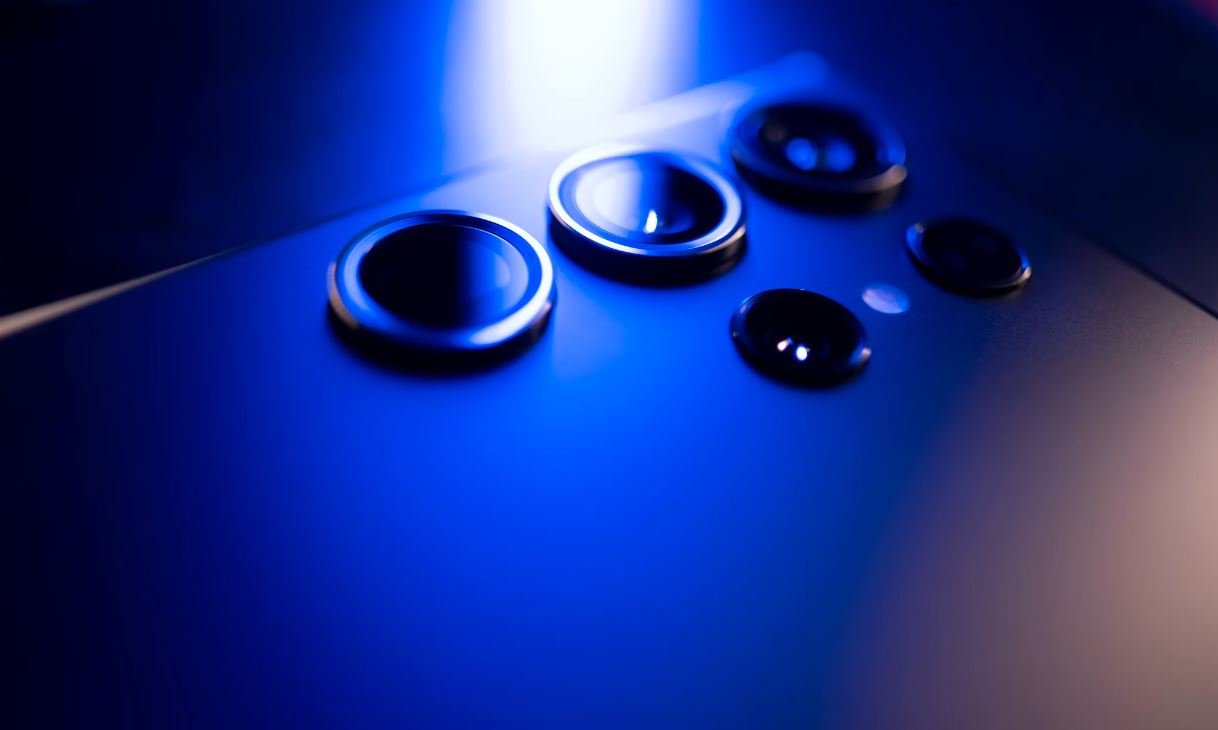
AI Art Exhibition
Today, AI technology has revolutionized the art world, allowing for extraordinary advancements in creativity and expression. The following table showcases some of the most notable AI art exhibitions around the globe.
| Exhibition | Location | Year |
|---|---|---|
| Artificial Intelligence: Myths and Realities | London, UK | 2019 |
| CODE:ART | New York, USA | 2020 |
| Innovation by Algorithm | Paris, France | 2018 |
| Digital Dreams | Tokyo, Japan | 2021 |
| Creativity Unleashed | Sydney, Australia | 2017 |
AI Art Sales
AI-generated artwork has gained significant attention and value in the art market. The next table showcases the top five most expensive AI artworks sold at auction.
| Artwork | Artist | Sale Price |
|---|---|---|
| Portrait of Edmond de Belamy | Obvious | $432,500 |
| Memories of Passersby I | Robbie Barrat | $150,000 |
| The Creator | An Wei | $432,500 |
| Edmond de Belamy | Obvious | $432,000 |
| Portrait of Edmond de Belamy | Obvious | $350,000 |
AI Art Recognition
Artificial intelligence has become proficient in recognizing and categorizing different art styles. The subsequent table displays the accuracy percentages of AI algorithms in identifying various art movements.
| Art Movement | Accuracy (%) |
|---|---|
| Impressionism | 90% |
| Cubism | 85% |
| Renaissance | 95% |
| Surrealism | 92% |
| Abstract Expressionism | 87% |
AI Art Collaborations
The fusion of AI technology and human creativity has resulted in incredible collaborative artworks. The table below highlights renowned art collaborations involving artificial intelligence.
| Collaboration | Artists | Year |
|---|---|---|
| The Next Rembrandt | Jeroen van der Most, Microsoft | 2016 |
| Asymmetric Love / Symmetric Love | Yuko Mohri, Sony AI | 2021 |
| Aiva x Amadeus Code | Aiva Technologies, Amadeus Code | 2020 |
| Picasso’s Guernica Reimagined | Google Arts & Culture, Musée Picasso | 2017 |
| Dreams of Dali | Goodby Silverstein & Partners, The Dalí Museum | 2016 |
AI Art Applications
Artificial intelligence in the art world goes beyond just creating artwork. The subsequent table presents various applications of AI technology in different art-related domains.
| Domain | AI Application |
|---|---|
| Museum Curation | Artificial intelligence assists curators in optimizing exhibition layouts. |
| Art Restoration | AI algorithms aid in restoring and preserving delicate artworks. |
| Art Education | Artificial intelligence provides interactive tools for learning about art. |
| Art Authentication | AI technology helps in determining the authenticity of artworks. |
| Art Market Analysis | Artificial intelligence predicts market trends and prices. |
AI Art Controversies
The emergence of AI art has also raised certain controversies and ethical debates. The table below outlines some of the key controversies associated with AI-generated art.
| Controversy | Description |
|---|---|
| Authenticity Questions | Debates regarding the authenticity and authorship of AI-generated artworks. |
| Replacement of Human Artists | Concerns about the impact of AI technology on the job market for human artists. |
| Ownership and Attribution | Legal and ethical issues surrounding the ownership and attribution of AI-generated art. |
| Aesthetic Originality | Discussions on whether AI-generated art possesses genuine originality and creativity. |
| Data Bias in AI Algorithms | Exploration of biases in AI algorithms that may influence artistic outputs and decisions. |
AI Art Recognition Challenges
While AI algorithms are becoming increasingly accurate in recognizing art styles, certain challenges persist. The next table presents some of the ongoing challenges in AI art recognition.
| Challenge | Description |
|---|---|
| Style Fusion | The difficulty of distinguishing artworks that combine influences from multiple art movements. |
| Evolution of Styles | The constant evolution and emergence of new art styles that challenge recognition algorithms. |
| Subjectivity in Interpretation | The subjective nature of art interpretation, making classification a complex task for AI. |
| Fine Art vs. Commercial Art | Distinguishing between the distinct characteristics and purposes of fine art and commercial art. |
| Artistic Experimentation | Identifying and analyzing experimental art that may deviate from traditional styles and conventions. |
AI Art and Cultural Diversity
The influence of AI art raises questions about cultural diversity and representation. The subsequent table highlights some efforts and initiatives in promoting diverse AI art practices.
| Initiative | Description |
|---|---|
| Africa.AI | An organization supporting the use of AI in African art, culture, and heritage. |
| Asia.AI | An initiative to explore the intersection of AI and diverse Asian artistic traditions. |
| Indigenous.AI | A platform fostering AI collaborations with indigenous artists to preserve their cultural heritage. |
| Digital Diaspora | An exhibition showcasing AI art representing various global diasporas. |
| Diversity in Data | Projects emphasizing the inclusion of diverse cultural datasets to train AI algorithms. |
AI Art Future Outlook
The rapid development and increasing integration of AI in the art world promise a fascinating future. The table below presents potential advancements and trends in the field of AI art.
| Advancement/Trend | Description |
|---|---|
| Generative Adversarial Networks (GANs) | GANs enable AI systems to generate more realistic and sophisticated artworks. |
| Enhanced Artistic Collaboration | AI technology facilitating seamless collaboration between human artists and AI algorithms. |
| Augmented Reality (AR) Art | Integration of AI and AR to create immersive and interactive art experiences. |
| Ethical Guidelines for AI Art | Development of ethical frameworks to address the implications of AI-generated art. |
| Emotional AI Art | Exploration of AI systems’ ability to evoke complex emotions through artistic outputs. |
The fascinating world of AI art constantly challenges traditional notions of creativity and pushes the boundaries of artistic expression. From AI art exhibitions and collaborations to controversies and future advancements, this article has explored various facets of the AI art landscape. As AI technology continues to evolve and deepen its relationship with human creativity, imaginative possibilities for the future of art persist. With the assistance of AI, artists and audiences alike find themselves embarking on a creative journey where artificial intelligence becomes an inspiring muse.
Frequently Asked Questions
Question 1: What is AI art?
AI art refers to artworks that are created or generated using artificial intelligence techniques and algorithms. These algorithms enable computers or machines to mimic human creativity and produce unique pieces of art.
Question 2: How does AI generate art?
AI generates art through various methods, such as deep learning, neural networks, and generative adversarial networks (GANs). These techniques enable machines to learn from existing artworks, analyze patterns, and then create new artworks based on this knowledge.
Question 3: What are the applications of AI art?
AI art finds applications in various fields, including visual arts, music composition, literature, and multimedia production. It can be used to create unique paintings, compose original music, generate poetry, and even produce multimedia installations.
Question 4: Can AI art be considered as “real” art?
The definition of art is subjective and varies among individuals. While some argue that AI art lacks the emotional depth and intentionality of human-created art, others believe that AI-generated artworks can be considered as a new form of artistic expression.
Question 5: How is AI art different from traditional art?
AI art differs from traditional art in terms of the creator’s role. While traditional art is usually the product of a human artist’s skills, ideas, and emotions, AI art involves the collaboration between the artist and the AI algorithm, where the human artist guides the machine’s creative process.
Question 6: Can AI art replace human artists?
AI art is not intended to replace human artists but rather to expand the boundaries of creativity. AI algorithms can provide new perspectives, inspire artists, and serve as creative tools, but human artists bring their unique experiences, intuition, and emotions to the process.
Question 7: What are the ethical concerns surrounding AI art?
AI art raises ethical concerns related to authorship, plagiarism, and the potential of machines to replicate existing styles or works without proper attribution. Additionally, questions arise regarding the impact on the art market and the devaluation of human artistic labor.
Question 8: Can AI art be copyrighted?
The question of copyright in AI art is complex and still evolving. In some cases, AI-generated artworks may be copyrightable if they meet the criteria of originality and human authorship. However, there is ongoing debate surrounding the attribution and ownership of AI-generated art.
Question 9: How can AI art impact the future of creativity?
AI art has the potential to push the boundaries of creativity by facilitating new ways of artistic expression, encouraging interdisciplinary collaborations, and challenging traditional artistic norms. It can also democratize access to art by providing tools for non-artists to create and participate in the art world.
Question 10: Where can I see examples of AI art?
Examples of AI art can be found in galleries, museums, and online platforms dedicated to showcasing digital and contemporary art. Various AI art communities and social media platforms also feature AI-generated artworks created by artists and enthusiasts.


